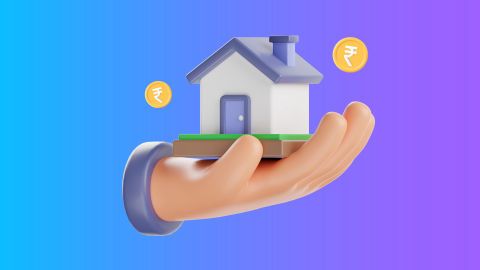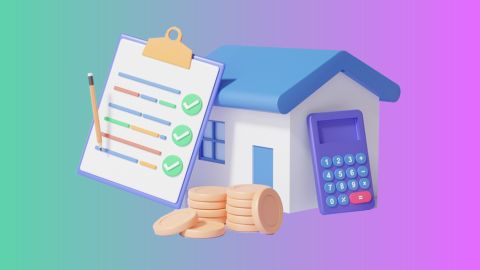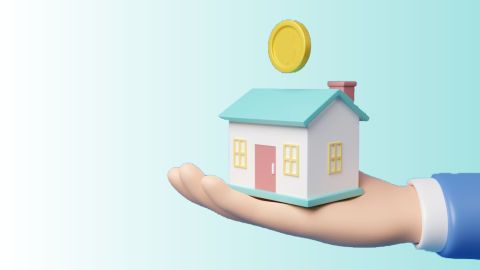For those considering leveraging their property for additional financing, options like the Bajaj Finserv Loan Against Property can be beneficial. Whether you are nearing the end of your mortgage term or planning to pay off your loan early, understanding mortgage redemption will help you make informed decisions. With the right information, you can navigate this process smoothly and avoid common pitfalls.
Steps to redeem a mortgage:
Obtain a redemption statement: Contact your lender to request a mortgage redemption statement. This document outlines the outstanding balance, interest, and any additional fees required to pay off your mortgage.Arrange finances: Ensure you have the necessary funds to cover the redemption amount. This might include personal savings, refinancing, or a Loan Against Property from Bajaj Finance.
Make the payment: Transfer the redemption amount to the lender as per the details in the redemption statement. This can typically be done via bank transfer or cheque.
Receive confirmation: Once the payment is received, the lender will provide confirmation that the mortgage has been redeemed.
Collect title deeds: Ensure you collect all relevant documents, including the title deeds and a no-objection certificate (NOC) from the lender, indicating that the mortgage has been fully settled.
Documents required for mortgage redemption
| Document | Description |
| Loan account statement | A detailed statement showing the outstanding balance and payment history. |
| Redemption statement | Issued by the lender, detailing the amount needed to redeem the mortgage. |
| No objection certificate (NOC) | A document from the lender confirming that the mortgage has been settled. |
| Title deeds | Original property documents held by the lender as collateral. |
| Identity proof | Government-issued ID such as Aadhar, PAN card, or passport. |
| Address proof | Proof of address like utility bills or rental agreement. |
| Bank statement | Recent bank statements to verify financial transactions. |
| Proof of payment | Evidence of the redemption amount paid to the lender. |
Costs associated with mortgage redemption
Redeeming a mortgage involves various costs. Understanding these expenses can help you prepare better.Redemption fees.
Lenders often charge a redemption fee, which can be a fixed amount or a percentage of the outstanding loan. This fee compensates the lender for the loss of interest income due to early repayment.
Legal fees.
Legal fees are associated with the preparation and handling of the mortgage redemption process. These can include solicitor fees for reviewing documents and ensuring the proper transfer of title deeds.
Miscellaneous charges.
Other costs may include administrative fees, courier charges for document handling, and any late payment penalties if applicable. It is essential to check with your lender for a detailed breakdown of all costs involved.
Common pitfalls to avoid during mortgage redemption
Not requesting a redemption statement early enough: Delaying the request for a redemption statement can lead to last minute rushes and potential financial shortfalls.Overlooking additional fees: Always review the redemption statement carefully to account for all fees and charges.
Ignoring legal advice: Consulting with a legal expert can prevent misunderstandings and ensure that all documents are in order.
Forgetting to collect all documents: Ensure you collect all relevant documents, including the NOC and title deeds, to avoid future complications.
Not notifying the credit bureau: Once the mortgage is redeemed, inform the credit bureau to update your credit report, reflecting the paid-off loan.
Benefits of mortgage redemption
Mortgage redemption offers several benefits, providing peace of mind and financial freedom.Complete ownership.
Redeeming your mortgage means you have full ownership of your property without any encumbrances. This can be a significant emotional and financial relief, allowing you to use your property freely for other purposes.
Improved credit score.
Paying off your mortgage can positively impact your credit score, showcasing your ability to manage and repay large debts. This can be beneficial for future loan applications and financial transactions.
Financial flexibility.
Without the burden of monthly mortgage payments, you have more financial flexibility to invest in other areas, save for retirement, or manage other expenses. This newfound flexibility can enhance your overall financial health.




